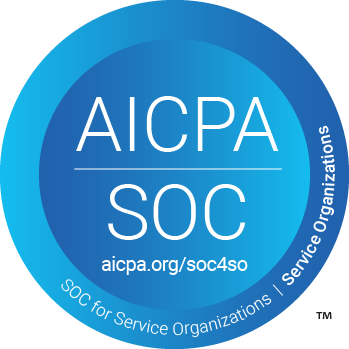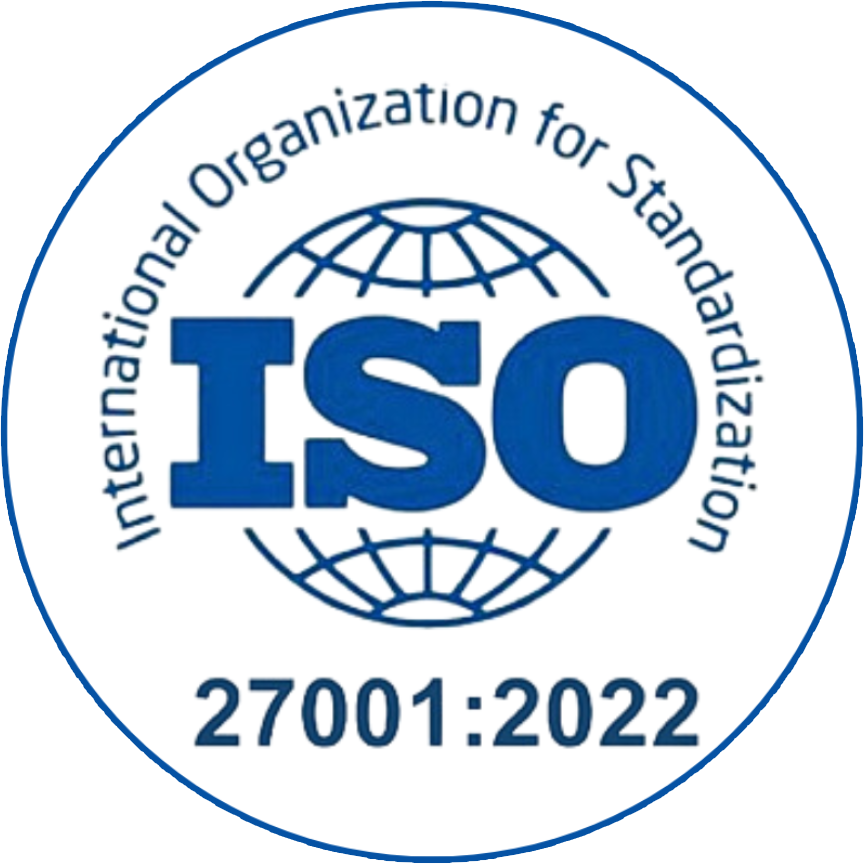FAQs
What are India’s Greenhouse Gases Emission Intensity Targets for 2025?
India’s Greenhouse Gases Emission Intensity (GEI) Targets for 2025 are part of the Carbon Credit Trading Scheme (CCTS) introduced in 2023. These targets set specific emission intensity goals for obligated entities in high-emission sectors, aiming to reduce greenhouse gas emissions per unit of output and align with India’s Nationally Determined Contributions (NDCs).
Which sectors are covered under the GEI Target Rules, 2025?
The GEI Target Rules, 2025 apply to four energy-intensive sectors: aluminium (smelters and refineries), cement (various types including Portland and white cement), chlor-alkali, and pulp and paper (integrated, RCF-based, agro-based, and specialty paper plants). These sectors are required to monitor and reduce emissions of CO₂ and specific perfluorocarbons.
How do companies comply with the GEI Targets?
Companies must meet their assigned GEI targets annually. If they exceed their targets, they earn carbon credit certificates issued by the Bureau of Energy Efficiency. If they fall short, they must purchase carbon credits through the Indian Carbon Market (ICM) Portal. Non-compliance results in penalties, including environmental compensation set at twice the average trading price of carbon credits.
What is the purpose of the Carbon Credit Trading Scheme (CCTS?
The CCTS establishes a market framework for trading carbon credit certificates, encouraging industries to reduce, remove, or avoid greenhouse gas emissions. It provides economic incentives for companies to adopt cleaner technologies and practices, thereby contributing to India’s climate goals.
How does the GEI Target framework support India’s climate commitments?
By setting measurable emission intensity targets and integrating them into a market-based trading system, the GEI Target framework drives industries toward sustainable practices. It aligns with India’s NDCs under the Paris Agreement, aiming to reduce the emission intensity of GDP by 45% by 2030 compared to 2005 levels.


